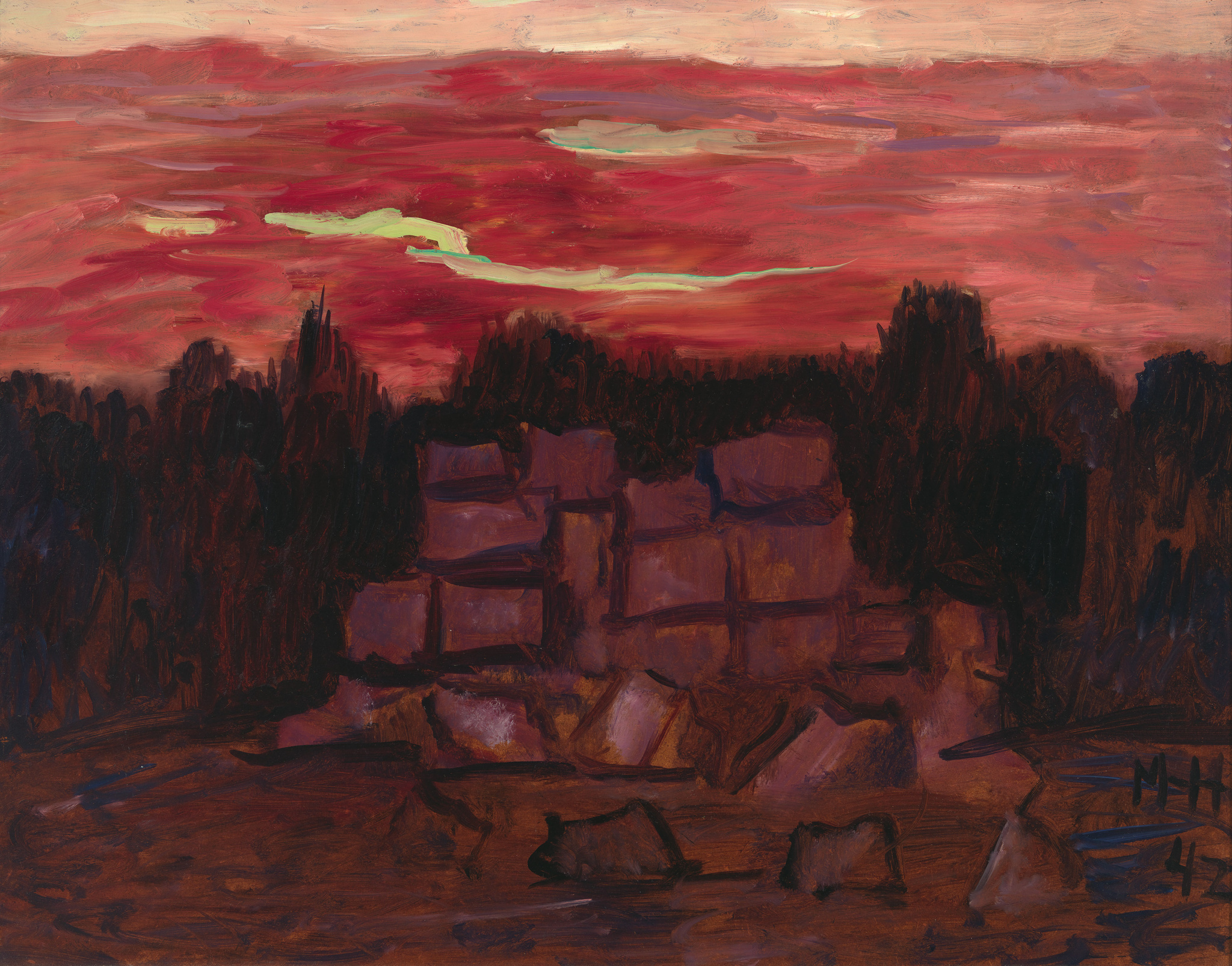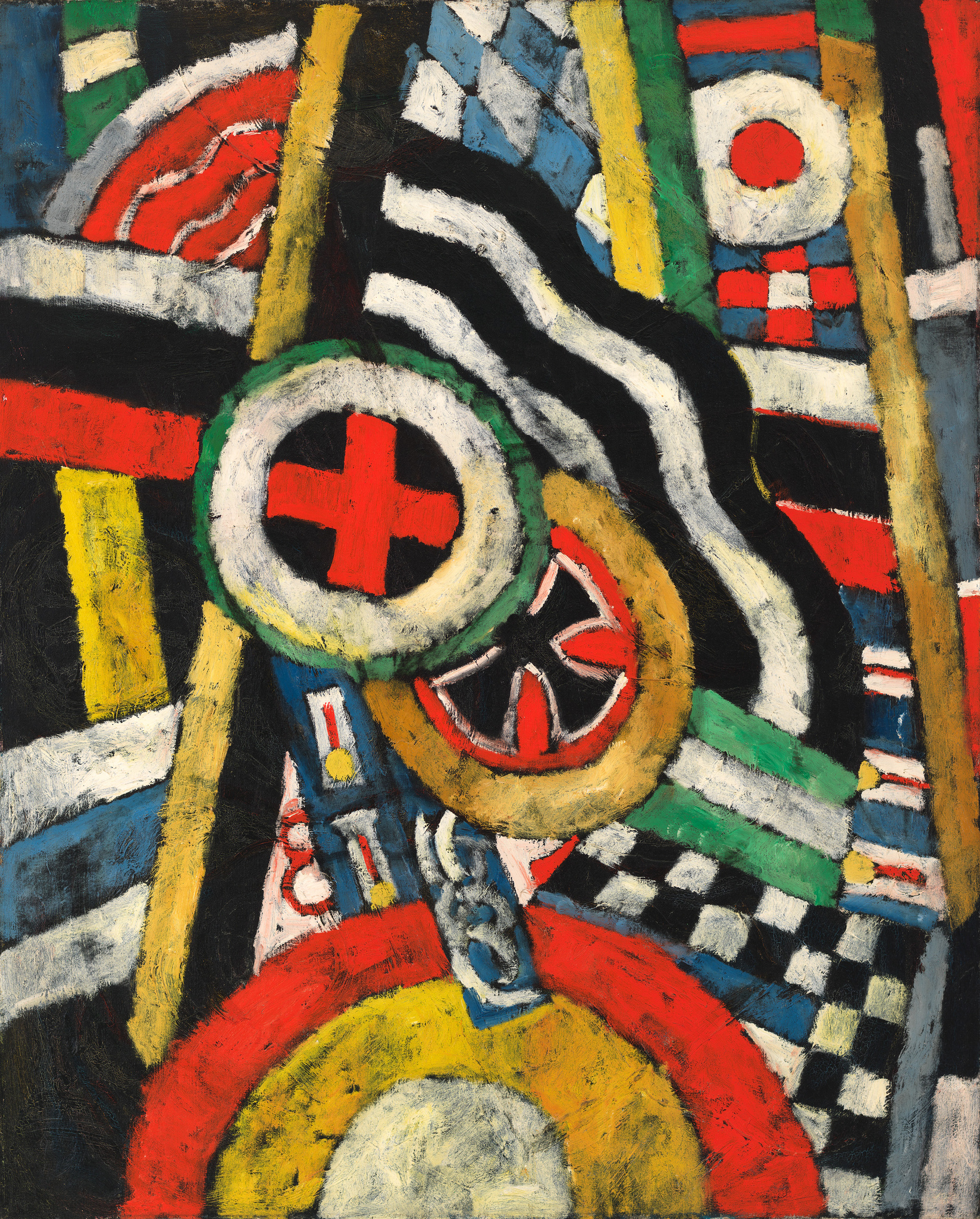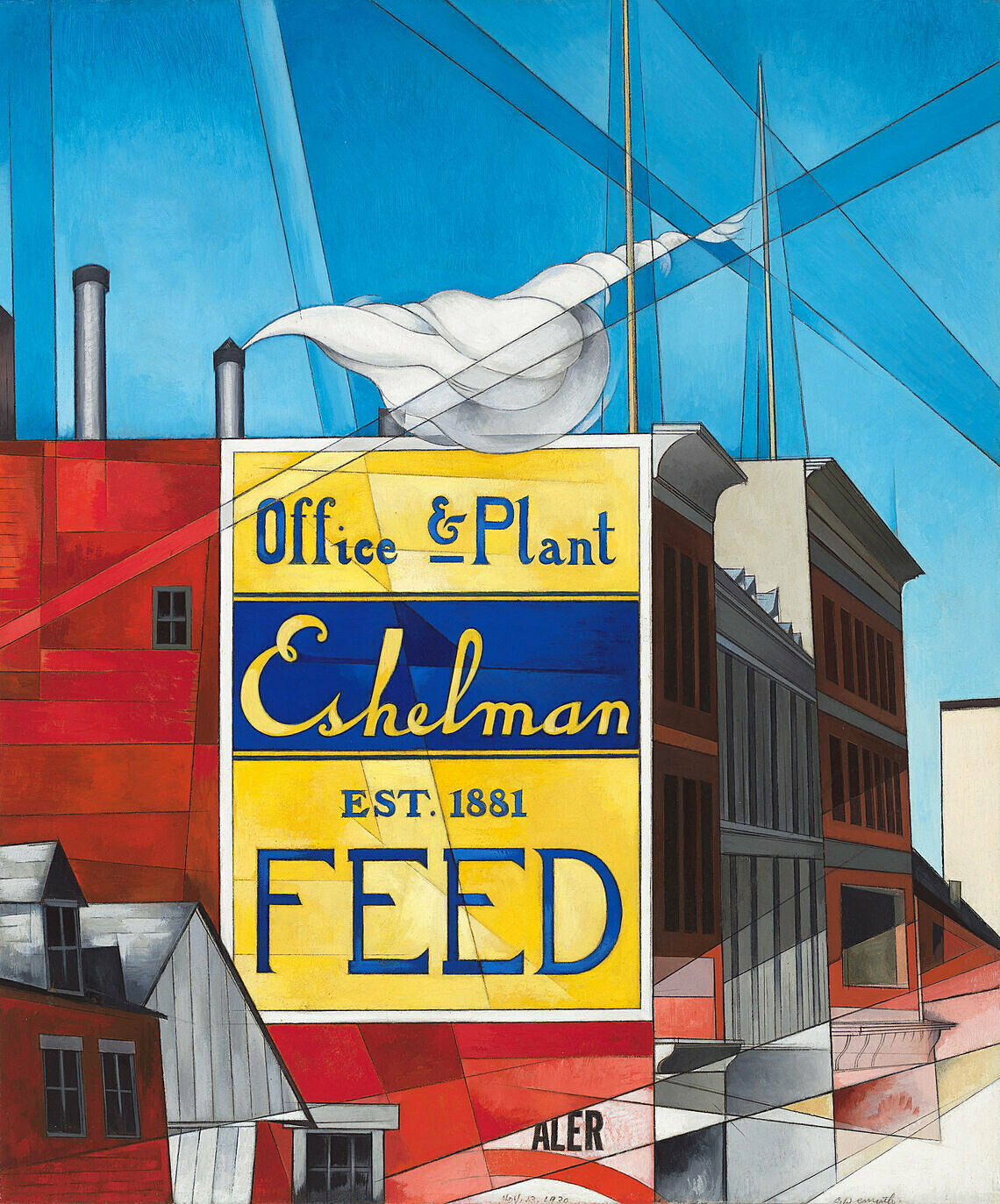Marsden Hartley, Painting, Number 5, 1914–15
Apr 30, 2015
0:00
Marsden Hartley, Painting, Number 5, 1914–15
0:00
Narrator: Adam Weinberg is Alice Pratt Brown Director of the Whitney Museum.
Adam Weinberg: Painting, Number Five, by Marsden Hartley, is an exuberant cacophony of color and pattern. Near the center of the canvas, two circles overlap—one contains the German Iron Cross, a medal of valor awarded to German soldiers for their courage in battle. The other contains a red cross. Look carefully and you can find references to flags, military insignia, and even an army uniform. The effect is like a collage, combining impressions of things Hartley encountered in Berlin, where he lived before the start of the First World War.
What is the real subject of this painting? Think about how you recall things that have happened to you in the past. Often, it’s hard to conjure up a sense of something in its entirety. We remember a person or an event in the details—a gesture, a smell, a color. Hartley’s paintings function that way too; it’s actually a portrait, although the literal image of an actual person is altogether absent. The painting commemorates a young German officer, Karl von Freyburg, who died in the early months of World War I. Hartley was in love with von Freyburg, and he made this painting after learning of his death.
Inspired by European avant-garde artists of the time, Hartley began to move away from direct representations of his subject matter toward more abstract, evocative imagery. Hartley once said that the artist’s challenge was to reveal what he called “the magic that is beneath the surface of what the eye sees.” In this painting, he captures a sense of an individual personality, and the emotional content of his relationship to Berlin and to von Freyburg.
The semi-abstract style of Hartley’s painting means that we have to struggle a bit to decode its meaning. If you’d like to hear about it, please tap the button to continue.
In Where We Are.



